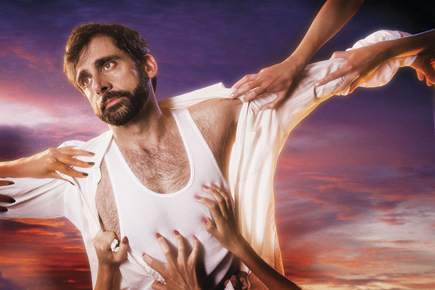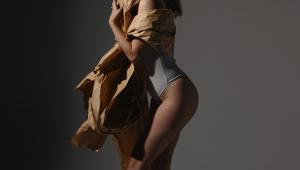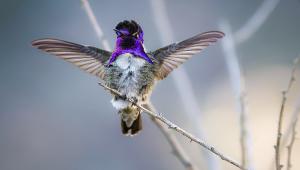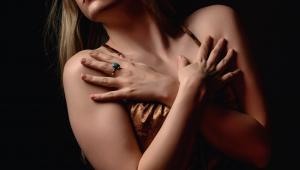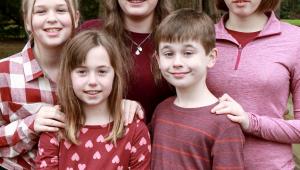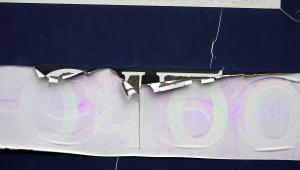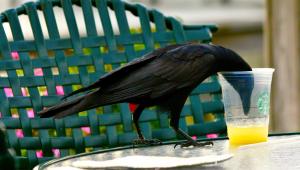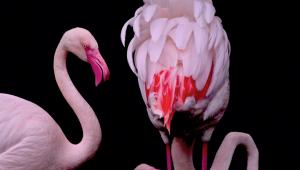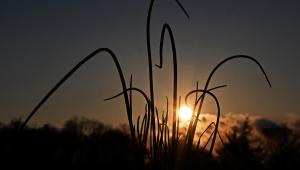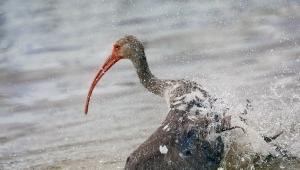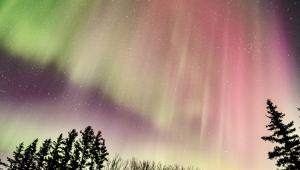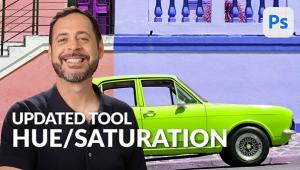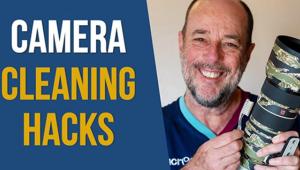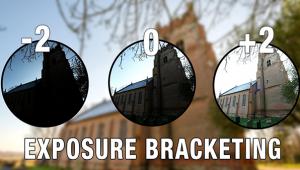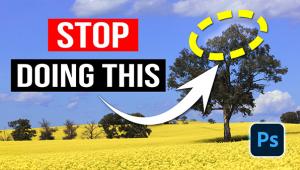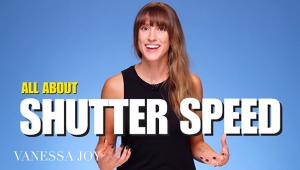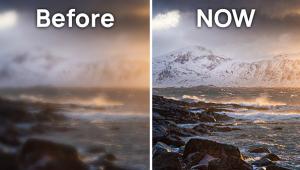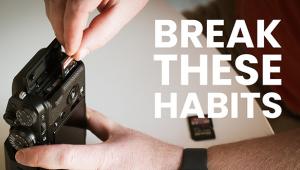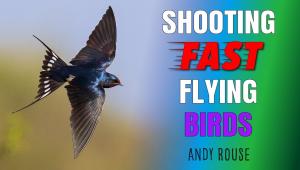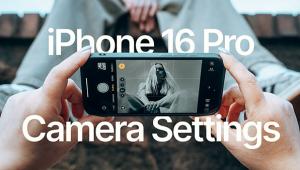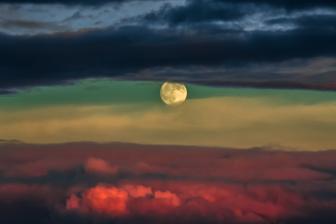Nick Koudis Shoots With Style & Humor; A Sometimes Unorthodox Approach Leads To A Signature Style
Working at Spiratone, Nick Koudis (www.koudis.com) began his photographic career designing many of those wonderful gizmos made popular by my mentor, the world-renowned Norman Rothschild. Koudis brought his knack for developing clever and ingenious gadgets with him when he opened his first studio in New York City over 25 years ago. Back then we could always find him building his own sets and large-scale models that he’d photograph for his advertising clients. And of course, he was shooting film then, with a 4x5 Sinar p, Mamiya 645, and Mamiya RZ67.
Colin Hanks |
|
|
|
|
Recent years saw Koudis move his studio to Los Angeles. The pace, the lifestyle, the environment influenced a shift in the direction his work would take. He found himself shooting more editorial and portraiture, with a strong focus on celebrities. Already involved in stock photography, he now found himself shooting more for Getty Images, his stock agency, than for his advertising clients. He still shoots ads, but the tenor of that work has changed as well. Whereas in the past his advertising work was often grounded in fantasy creations, today it is more grounded in reality. However, you can still find occasional touches of one Nick Koudis trademark, namely whimsical humor.
Steve Carell |
|
|
|
|
The Move To Digital
Over the years, his work saw other changes, notably a move toward digital. Instead of building models and sets, he builds composite images digitally. Of course, not all images are digital composites, but they may still involve some digital retouching and manipulation. Toward these ends, Koudis uses Adobe software, namely Photoshop and Lightroom (www.adobe.com). When he needs 3D renderings, he turns to Carrara 3D (www.daz3d.com). Koudis prefers to shoot tethered, and when on location, he connects the camera either to a MacBook Pro or iMac. In the studio, he prefers the Mac Pro.
Jessica Biel |
|
|
|
|
- Log in or register to post comments

